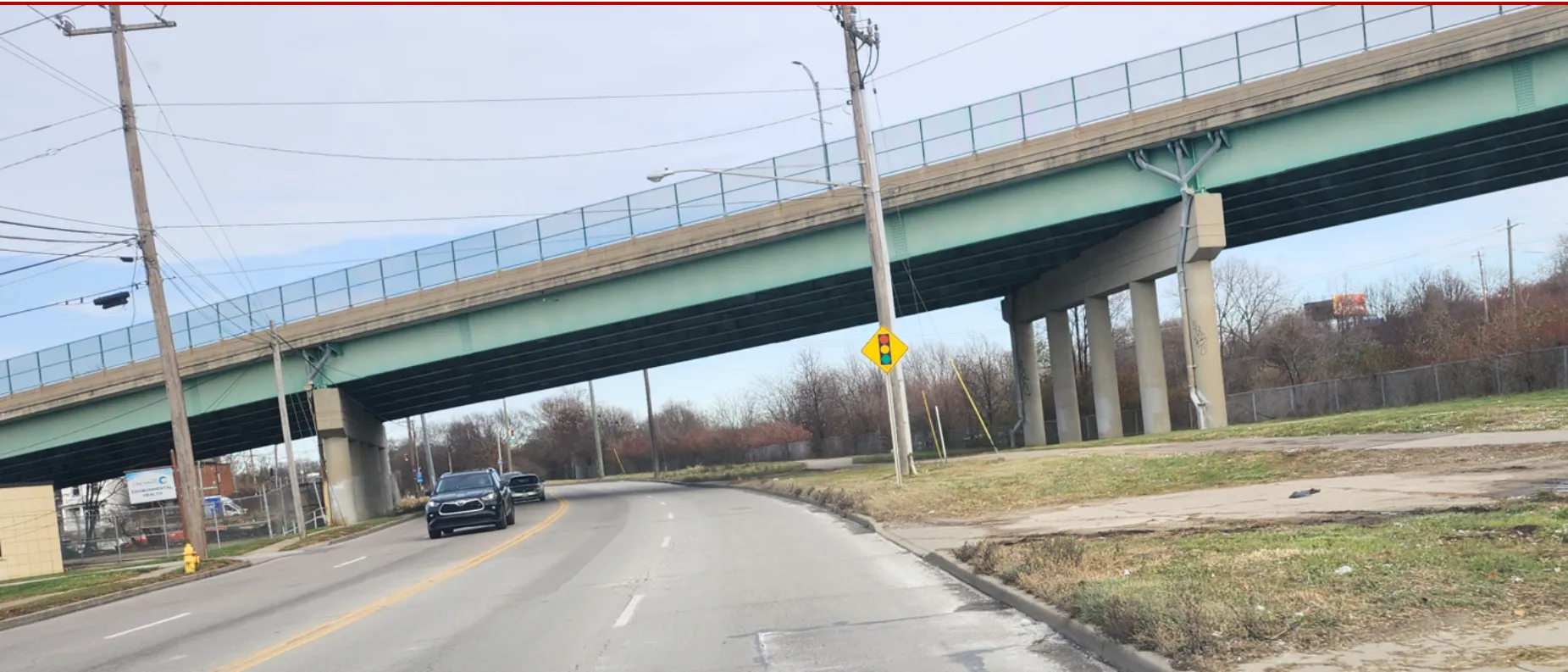Activity Naming Rule – A Set of Instructions

From cost estimating to project scheduling, and other project control discussions.
Situation:
Ambiguous and inconsistent description of the name of an activity.
Using an appropriate naming convention for an activity should provide details and instructions about the activity. When an activity name is open to different interpretations, the risk is that the activity may be incorrectly assessed and managed. In addition, an activity that is open to varying interpretations may end up being improperly tied to other activities, potentially creating erroneous logic.
Problem Statement:
The challenge lies in standardizing and consistently using the action-verb format for naming activities.
Best Practice:
Format activity names to ensure they are intuitive enough for both a foreman and newly hired young professionals to understand the scope of each activity.
At a minimum, an activity name should contain an action verb indicating the action to be taken and a noun identifying the object receiving that action. However, an action verb and a noun are not enough to describe an activity. The functional component/element and physical location are also needed to describe an activity adequately.
- What action is to be taken and what object is receiving that action? – Pour Concrete
- Which specific functional component/element is it for? – Footing
- What is the physical location of the functional component/element? – Abutment 1
The result becomes “Pour Concrete at the Footing on Abutment 1.”
Here is a test to determine if a description is unambiguous—it should answer all the questions below:
- What action is taken and on what object?
- Which physical component/element is it for?
- Since several of the same objects may be worked on in the same area, what is the specific physical space (spatial) of the object?
Case In Point:
An activity is described as “Install WSP (Welded Steel Pipe) Pipe.” While this activity may be easy for some project members to identify, it may not be straightforward for others. The activity name can easily be confused with the actual size of the pipe, as there may be multiple sizes. Additionally, it can also be confused with the location of the work, as there may be several areas where this pipe needs to be installed. As you can see, it is very easy to misunderstand the scope of this activity because it has an incomplete, generalized, and ambiguous description. Best practice should always dictate describing an activity in a way that eliminates ambiguity about what is being worked on, which specific one, and what the exact physical location is.